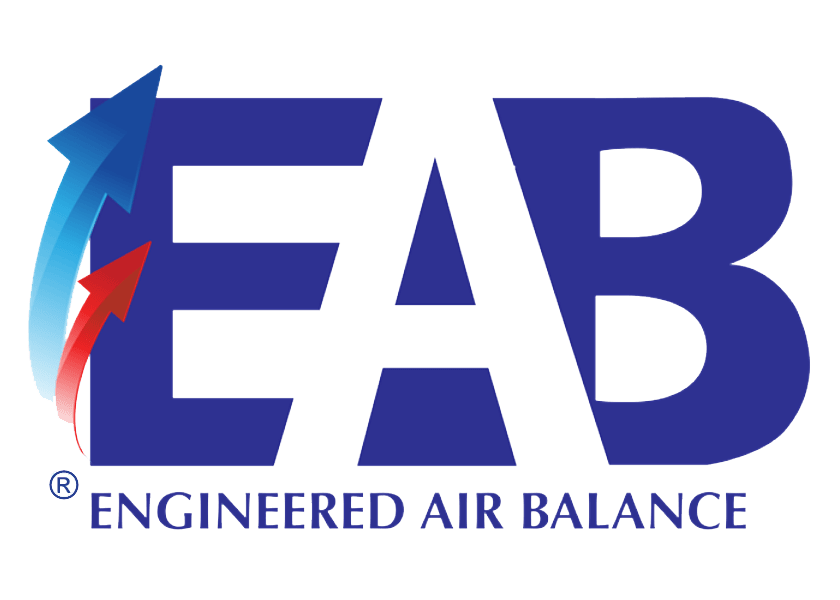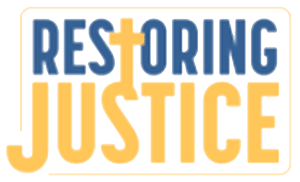Harvey Weinstein. Brett Kavanaugh. The #MeToo movement. Harassment has been, and continues to be, a hot topic in the news, perhaps more so now than ever before. But what is harassment, as far as it pertains to the workplace, and how can it be appropriately mitigated?
According to the United States Equal Employment Opportunity Commission (EEOC), the authority on employment law in the US, harassment is defined as “unwelcome conduct that is based on race, color, religion, sex (including pregnancy), national origin, age (40 or older), disability or genetic information.” Preliminary data on harassment claims in 2018 highlights the following figures:
- The EEOC filed 66 harassment lawsuits, including 41 that included allegations of sexual harassment. That reflects more than a 50 percent increase in suits challenging sexual harassment over fiscal year 2017.
- In addition, charges filed with the EEOC alleging sexual harassment increased by more than 12 percent from fiscal year 2017.
- Overall, the EEOC recovered nearly $70 million for the victims of sexual harassment through litigation and administrative enforcement in FY 2018, up from $47.5 million in FY 2017.
The line between what is considered harassment and what is not can sometimes be blurry. In most cases, annoying displays of behavior by your co-workers or boss, such as talking too loudly on the phone or hosting a meeting that could’ve been summed up in an email, are not enough in and of themselves to crossover into harassment territory, as obnoxious as they may be. To be considered harassment, the behavior must be deemed unlawful, which means it must fit into one of two categories, according to the EEOC:
1) Enduring the offensive conduct becomes a condition of continued employment, or
2) The conduct is severe or pervasive enough to create a work environment that a reasonable person would consider intimidating, hostile, or abusive.
Some examples of offensive conduct include name calling, physical assaults or threats, intimidation and offensive objects and pictures.
Employers can and often are held liable for harassment claims. To avoid getting into legal trouble, it’s important for employers to take proactive steps to avoid harassment claims to begin with. This can be achieved through “Respect In The Workplace” training. In the coming weeks, we’ll take a more in-depth look at what this training looks like, and how it can help your organization protect itself against harassment claims and allegations.








































